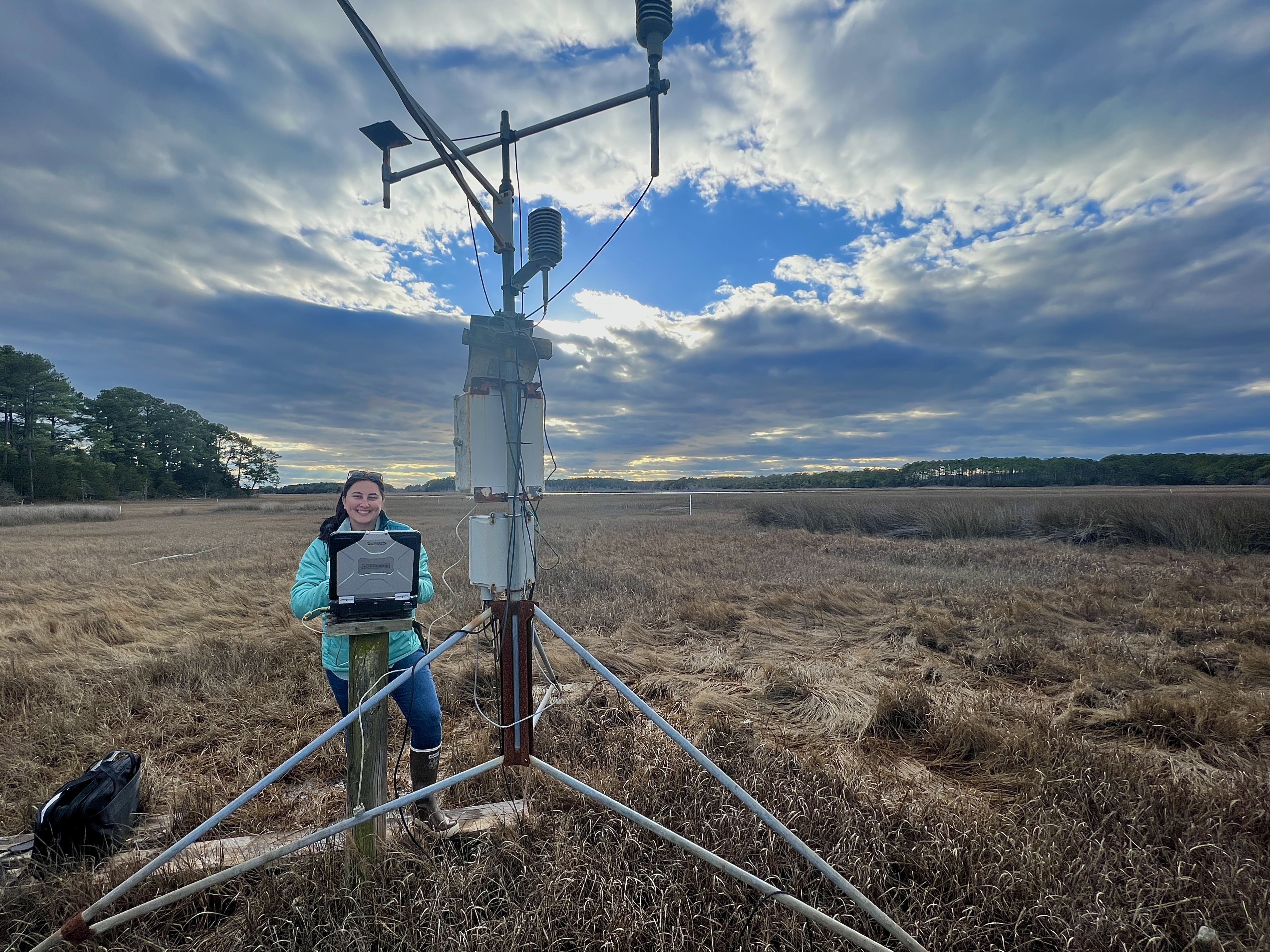The Coastal Research Center offers equipment, data, and expertise to support coastal research. Questions about accessing any of the following resources should be directed to station staff.


The Coastal Research Center offers equipment, data, and expertise to support coastal research. Questions about accessing any of the following resources should be directed to station staff.



For publications resulting from research conducted at the Coastal Research Center, please include the following text in manuscript acknowledgements: “Facilities and research support were provided by University of Virginia's Anheuser-Busch Coastal Research Center (Oyster, VA).”
Thank you for acknowledging the role of the CRC in your work.